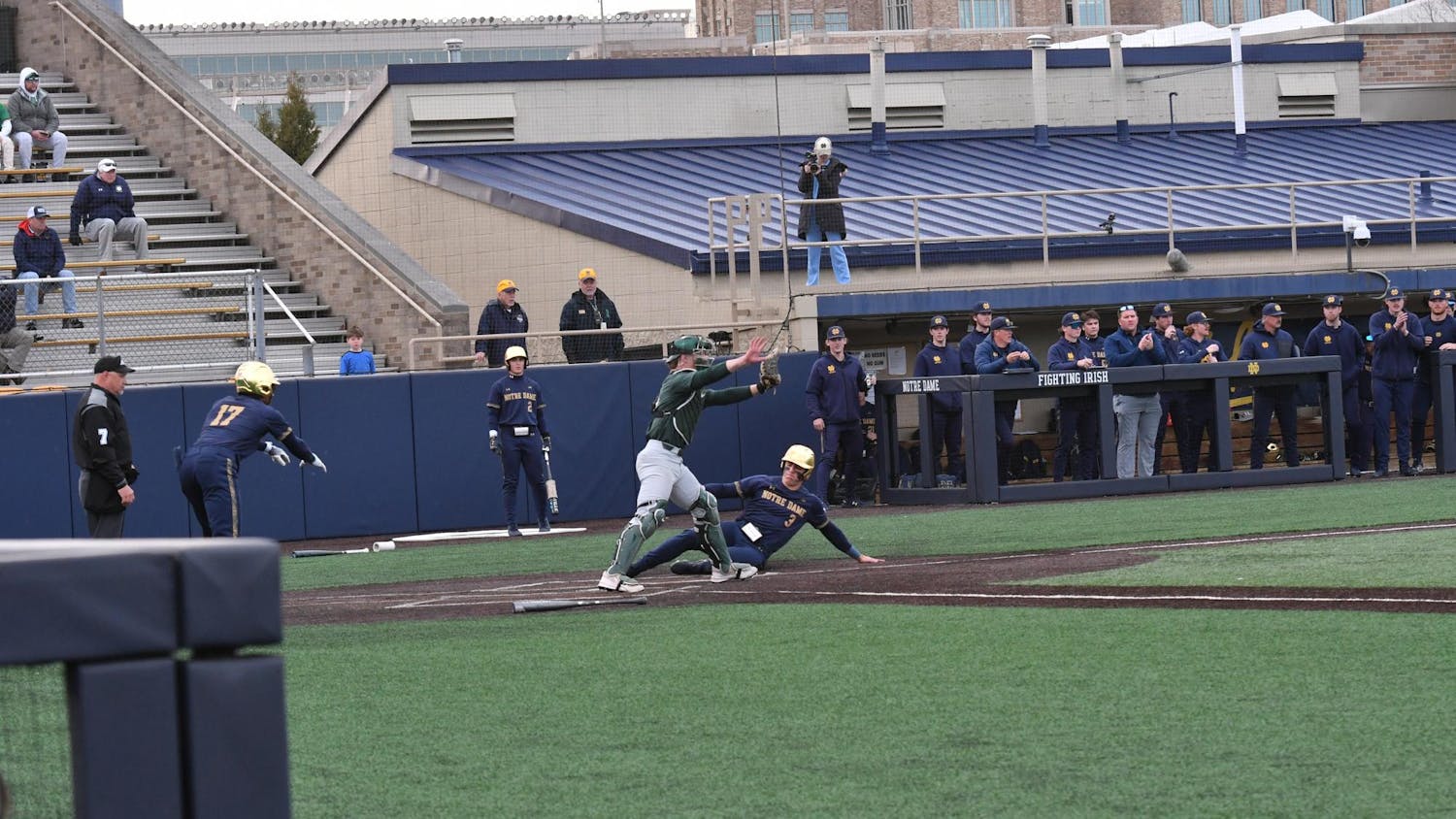Rugby in South Africa reaches into all dimensions of society and culture. Originally an emblem of Apartheid oppression, the game has come a long way in terms of its symbolism. Many argue that it was not until the 1995 Rugby World Cup, hosted by South Africa, that the game became a rallying point for the entire nation.
The game of rugby was first played in South Africa by English settlers in the mid-19th century. South Africa’s first national rugby team played in 1906-1907. To many white South Africans, the team represented a major turning point from the hard-fought Anglo-Boer War just years earlier. Since its inception, South Africa’s national rugby team has been affectionately referred to as the Springboks, the English derivative of the Afrikaans self-declared nickname, Springbokken.
Although unimposing at first glance, the Springbok is a supreme example of resilience and physical preparedness. Native to and widely popular in southern Africa, this medium-sized antelope usually grows to 71 to 86 centimeters and can weigh between 27 to 42 kilograms. Springboks are very social animals. They live in herds with complex hierarchical structures.
If analyzed, it becomes quite clear why the Springbok fits its role as South Africa’s rugby namesake so well. The Springbok is well renowned for its ability to survive for long periods of time without water. This is very similar to a game scenario on the Rugby pitch, where players are forced to battle it out with no breaks for 40 minutes at a time.
Additionally, the Springbok is known to be able to adapt to a number of different environments, varying in weather and landscape. South Africa’s national rugby team has traveled the world competing against the world’s best. They put up a fight against any team, even in the face of opposing fans and unknown stadiums.
Thirdly, and most notably, is the Springbok’s unique athletic ability and behavior. A trivial quality of the Springbok is their practice of pronking — running and repeatedly jumping in the air with perfectly extended legs. While the action itself is not directly indicative of any rugby-esque movement, it perfectly exemplifies the raw and unpredictable physical nature of the game. A springbok, male or female, will begin pronking when disturbed, happy or excited; the root cause of pronking is still unknown to experts. In a game of rugby, players move all around the field, variably adapting to the location of the ball and their opponents’ movements.
Between the clashing of bodies and barely audible commands grunted by captains, it is not uncommon for players on the pitch to look more like animals than men.
South Africa’s style of play is very symbolic of a combination of elements that characterize the nation.
The Springboks play to their genetic strengths when taking the field. White South Africans are often very tall and wide. This is largely as a result of their Dutch roots. This, in combination with a traditionally hard headed and hard working culture has produced some of the biggest and meanest players in modern rugby.
Playing to these strengths, the Springboks utilize a big group of forwards to pound the opposition into submission. The name of the game for the South Africans is physicality. The Springboks attempt to dominate their opponent to the point where they cannot push any further. The revitalization of this style of play is in part due to the work of head coach Rassie Erasmus.
Today, for South Africans, rugby is synonymous with national pride. By honing in on the strengths of their national animal, the Springbok, and by embracing a unique playing style, South Africa has made rugby its own. The depth of cultural implications tied to rugby in South Africa are a testament to both the beauty and importance of the game.
Read More
Trending









